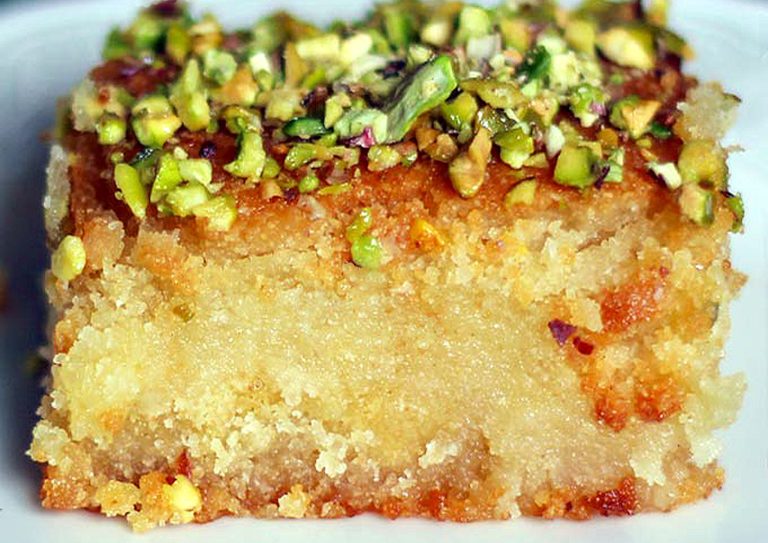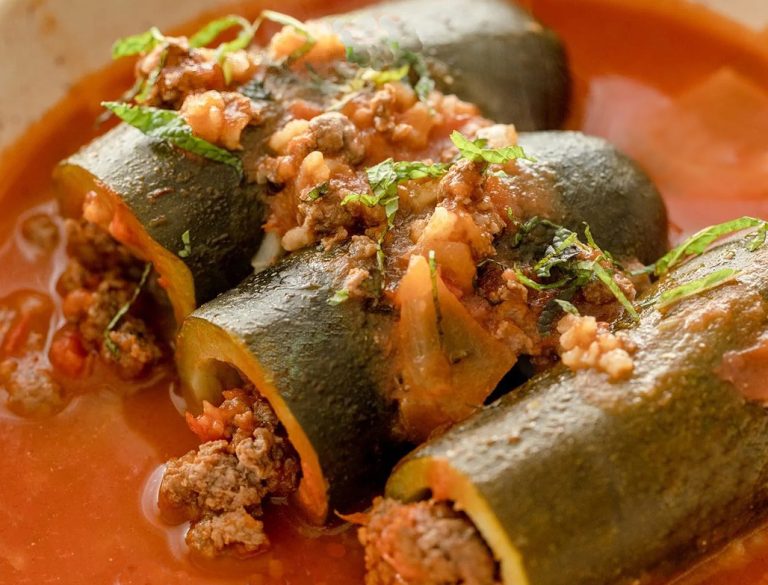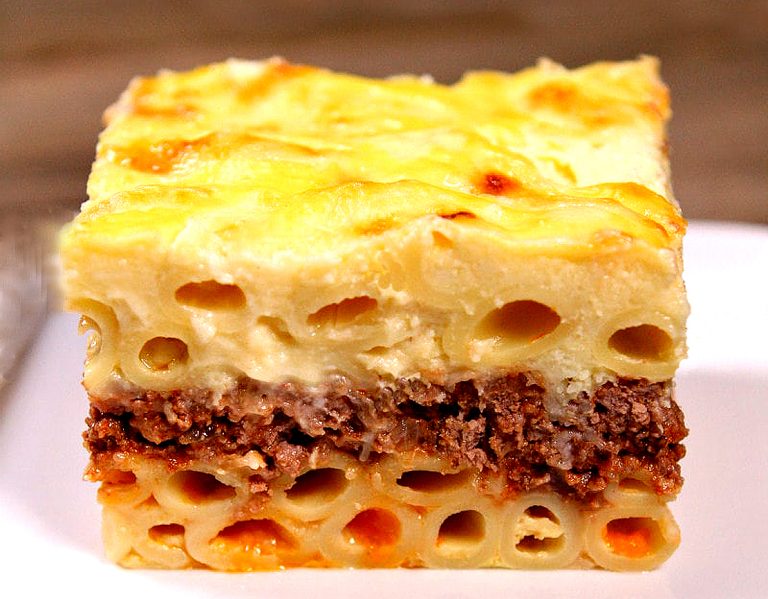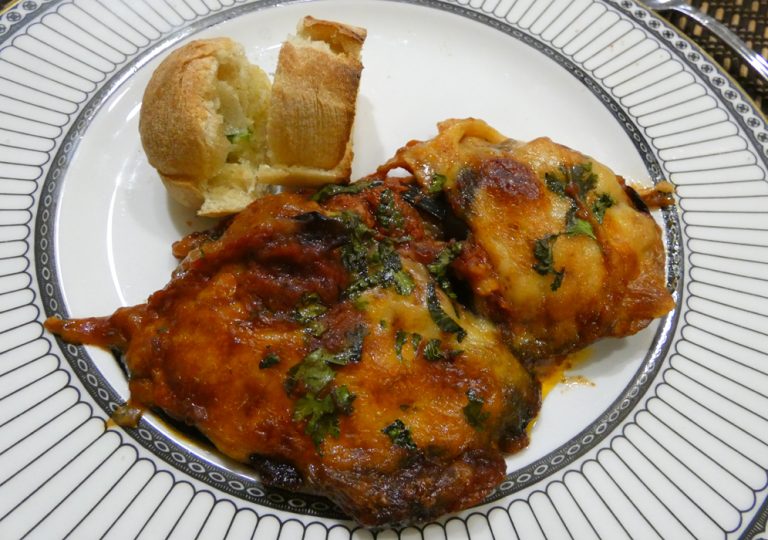Published with permission from LuxuryWeb Magazine
Recently, I stumbled upon another one of my mother’s treasured recipes — a classic Eastern Mediterranean dessert known as “revani” in Greek, “ravani” in Turkish, and also enjoyed in Egypt and Yemen. This delightful cake is a fragrant sponge cake steeped in an orange-infused syrup.
In Greece, revani is traditionally garnished with crushed pistachios or almonds, while in Egypt, it is topped with grated, unsweetened desiccated coconut. In Yemen, a sprinkle of poppy seeds is common, and in Turkey, it is often served with a dollop of kaymak, a rich, double-condensed clotted cream. The name “revani” has Ottoman origins, and is believed to mean “syrupy,” which perfectly describes this dessert that’s steeped in tradition and classic flavors.
RELATED: Pastitsio: Learn How to Make This Classic Greek Dish in the Comfort of Home
Syrup Ingredients:
- 2 cups granulated sugar (needed for both the syrup and the cake)
- 1 cup water (at room temperature)
- 1 cup orange juice (at room temperature)
- Juice of ½ lemon
- 3 tsp grated or slivered orange peel
Cake Ingredients:
- 3 large eggs (at room temperature)
- 2/3 cup granulated sugar
- 1 tsp vanilla extract
- ½ cup vegetable oil (neutral oils like vegetable, grapeseed, canola, or sunflower oil work well; avoid olive oil as it can make the cake greasy and heavy)
- 1 cup plain yogurt (whole milk or low-fat, but avoid non-dairy alternatives)
- 1 ¼ cup fine semolina flour (available in supermarkets or Mediterranean and Middle Eastern stores)
- 1 cup all-purpose flour (regular all-purpose flour is best; avoid substitutions)
- 2 1/4 tsp baking powder
- ¼ tsp fine sea salt
- Optional toppings: 1/2 cup unsweetened desiccated coconut, 1/4 cup crushed pistachios or almonds, poppy seeds (Yemen style), or 1 tbsp kaymak per slice
Method:
- Make the syrup: In a saucepan over medium-high heat, combine the sugar and water. Once it boils, reduce the heat to medium, add the orange juice, lemon juice, and grated orange peel, and simmer for 15 minutes. Let it cool completely before straining out the orange peel.
- Prepare the cake: Preheat the oven to 350°F and line a 9×13 baking pan with parchment paper. In a bowl, beat the eggs and sugar with an electric mixer or whisk for about 5 minutes until the mixture becomes fluffy and light in color.
- Mix the batter: Add the vegetable oil, yogurt, and vanilla extract to the egg mixture and combine. Then, add the semolina, all-purpose flour, baking powder, and salt, and stir until just combined.
- Bake: Pour the batter into the prepared pan and smooth the top with a spatula. Thump the pan a few times on the counter to release any air bubbles. Bake for 30 minutes or until a toothpick inserted into the cake comes out clean.
- Add the syrup: Remove the cake from the oven and let it cool for 5 minutes. Slice the cake into 12 diamond-shaped pieces while still in the pan, then ladle the cooled syrup over the warm cake. Let it rest at room temperature for 1 to 2 hours.
- Serve: Carefully transfer the slices to a serving platter and top with your choice of desiccated coconut, crushed pistachios or almonds, or kaymak.
Tips:
- Cool Syrup: Ensure the syrup is completely cool before pouring it over the warm cake. This contrast is essential for achieving a moist and fluffy revani cake. The syrup can be made up to two days in advance.
- Lining the Pan: To line the baking pan easily, coat it with cooking spray, then line the bottom with parchment paper. Lining the sides is unnecessary.
- Storing Leftovers: Store leftover cake in an airtight container in the refrigerator for up to 5 days. Serve at room temperature. Freezing is not recommended as it dries out the cake and alters its texture.
Finding Kaymak: Kaymak can be challenging to find unless you live in an area with a large Turkish community. Turkish patisseries often carry kaymak, and groceries catering to Turkish or Arabic customers might have it as well.
Success
You are now signed up for our newsletter
Success
Check your email to complete sign up
Visit LuxuryWeb.com to see the original article, and more.







